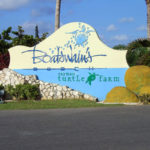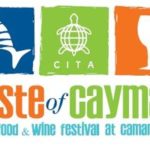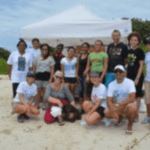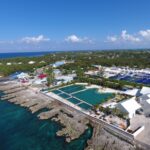The Cayman Islands were first sighted by Christopher Columbus on 10 May, 1503, and named them Las Tortugas after the numerous sea turtles there. But it was only about three hundred years ago that people began to settle permanently on these islands.
A 1523 map of the islands referred to them as Lagartos, meaning alligators or large lizards, but by 1530 the name Caymanas was being used. It is derived from the Carib Indian word for the marine crocodile, which is now known to have lived in the Islands. This name, or a variant, has been retained ever since. It is believed that the first people to actually land here were sailors from Sir Francis Drake’s 1585 expedition to the West Indies.
The first recorded permanent inhabitant of the Cayman Islands, Isaac Bodden, was born on Grand Cayman around 1700. He was the grandson of the original settler named Bodden who was likely one of Oliver Cromwell’s soldiers at the taking of Jamaica in 1655.
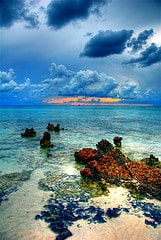
Cayman Islands Reef
Spain recognized British possession of the Islands in the 1670 Treaty of Madrid. A variety of people settled on the islands: pirates, refugees from the Spanish Inquisition, shipwrecked sailors, and slaves. The majority of Caymanians are of African and British descent, with considerable interracial mixing. Following several unsuccessful attempts, permanent settlement of the islands began in the 1730s. The first settlers brought with them the scourge of slavery that was to last until emancipation in 1835. However, life was not easy for these pioneers, even for freemen, who made a living from subsistence farming and fishing, turtling and woodcutting. At that time, mahogany, in particular, was in great demand for the furniture industry in Europe.
Though Cayman was always regarded as a dependency of Jamaica, the reins of government by that colony were loosely held in the early years, and a tradition grew up of self-government, with matters of public concern decided at meetings of all free males. In 1831 a legislative assembly was established comprising two houses: the eight magistrates appointed by the Governor of Jamaica and ten elected representatives or vestrymen.
In 1953 the first airfield in the Cayman Islands was opened as well as the George Town Public Hospital. Barclays ushered in the age of formalised commerce by opening the first commercial bank. In 1959 Cayman received its first written constitution which, for the first time, allowed women to vote. Cayman ceased to be a dependency of Jamaica. The Islands opted to retain its links with Britain, a decision that continues to lend it political stability and has aided the growth of the financial sector. Following the lead of Bermuda and the Bahamas, the Cayman Legislative Assembly passed the Banks and Trust Companies Law of 1966, which laid the basis for offshore finance services.
In the late 1960s, the first cruise ships called into at George Town, but these visits were rare and in the first half of the 1970s, no more than eight arrived in one year. However, in the 1990s, cruise ship tourism exploded, and in 2007 more than 1,700,000 passengers entered Cayman waters.
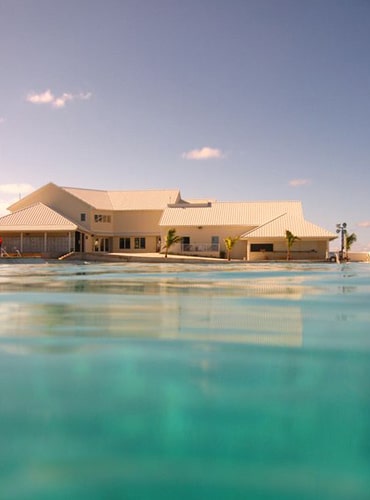
Dolphin Discovery Grand Cayman | Cruise Destination

